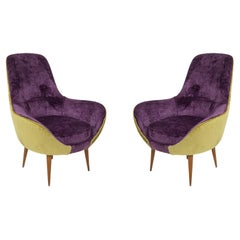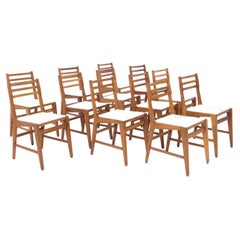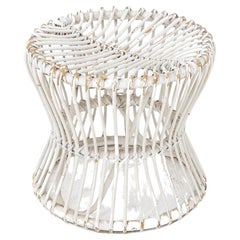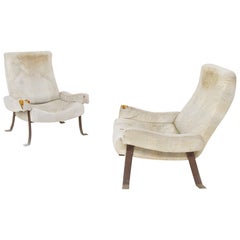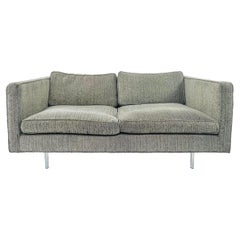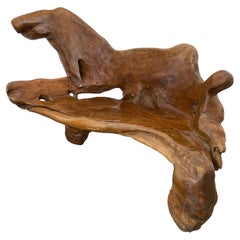Loveseats
1950s Italian Mid-Century Modern Vintage Loveseats
Velvet, Wood
1950s Italian Mid-Century Modern Vintage Loveseats
Bouclé, Wood
1920s Italian Mid-Century Modern Vintage Loveseats
Wicker
1960s Mid-Century Modern Vintage Loveseats
Iron
1970s North American Mid-Century Modern Vintage Loveseats
Stainless Steel
1960s Brazilian Mid-Century Modern Vintage Loveseats
Wood
1960s American Mid-Century Modern Vintage Loveseats
Velvet
1970s French Victorian Vintage Loveseats
Rattan
19th Century American Victorian Antique Loveseats
Iron
Late 20th Century Danish Mid-Century Modern Loveseats
Aluminum
1970s American Mid-Century Modern Vintage Loveseats
Chrome
1950s Dutch Mid-Century Modern Vintage Loveseats
Metal, Chrome
Mid-20th Century Mid-Century Modern Loveseats
Aluminum
1950s French Mid-Century Modern Vintage Loveseats
Upholstery, Oak
Mid-20th Century Philippine Mid-Century Modern Loveseats
Upholstery, Rattan
1960s Danish Mid-Century Modern Vintage Loveseats
Rosewood
1970s Unknown Mid-Century Modern Vintage Loveseats
Leather
1980s Italian Mid-Century Modern Vintage Loveseats
Copper
1950s French Mid-Century Modern Vintage Loveseats
Metal
21st Century and Contemporary Moldovan Mid-Century Modern Loveseats
Wood
1970s American Mid-Century Modern Vintage Loveseats
Stainless Steel
20th Century Swiss Mid-Century Modern Loveseats
Steel
20th Century European Mid-Century Modern Loveseats
Bouclé, Wood
Mid-20th Century Italian Mid-Century Modern Loveseats
Brass
Antique, New and Vintage Loveseats
Antique and vintage loveseats are functional and totally charming furniture in homes large and small these days. They first appeared in the 17th and 18th centuries, though they were not yet known by this endearing term.
These petite, two-seat sofas were originally intended to comfortably sit a woman clad in what were the era’s large and elaborate dresses — ornate hooped garments with copious folds of fabric, embroidery and lace. However, because the original seats featured just enough space for two, they quickly became popular for couples that were courting. Loveseats meant that the couples could engage in close conversation, but furniture makers ensured that there was enough space between sitters to prioritize modesty.
In the early days of loveseats, the furnishings were minimalist in appearance and could often be found in an s-shape, with the two sides facing each other. The spare seating was initially little more than a wooden bench, as loveseats weren’t yet upholstered or cushioned. Design of the seating evolved over time, and this wide chair was eventually padded and tufted for comfort. During the 1800s, loveseats were a luxurious addition to the homes of the wealthy, and even today, antique 19th-century loveseats are still quite alluring. In any lavishly decorated parlor of the Victorian era, you might find a pair of partygoers tucked into a particularly plush iteration of these cozy perches, one boasting arched crests of carved mahogany over its sculpted seats, with front cabriole legs resolving in paw feet.
In modern homes, loveseats — even antique Victorian loveseats — pair well with oversize sofas or are ideal replacements for sofas, particularly if you’re working on organizing and furnishing a smaller space. A loveseat is a stylish addition to a home library or a reading nook and can easily be situated at the foot of the bed in your bedroom. In the living room, you may wish to position your vintage loveseat and couch around a central focal point, such as a distinguishing architectural feature or a fireplace. But be sure to leave some walking room between your seating and any nearby coffee tables or side tables. Allow for around two feet for guests to pass between a couch and chair or loveseat and at least a foot between a loveseat and coffee table.
Find a wide variety of antique, new and vintage loveseats today on 1stDibs.
